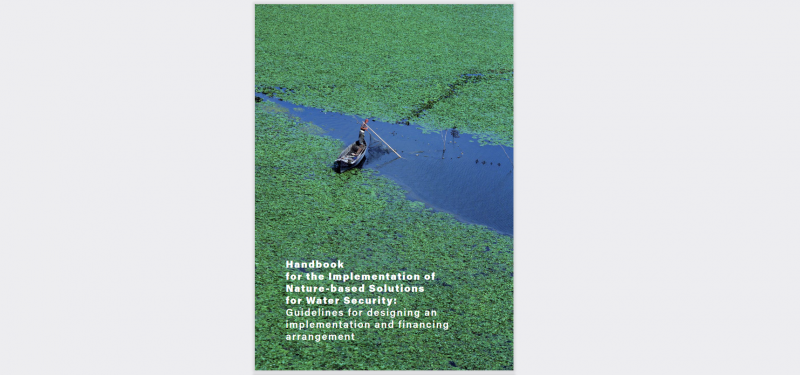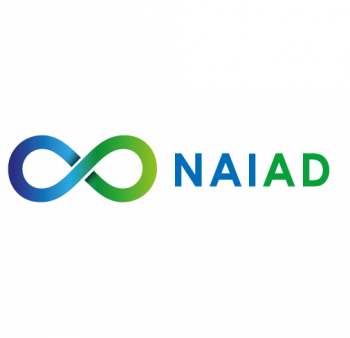
The EU-funded Nature Insurance Value: Assessment and Demonstration project (NAIAD) has developed a Handbook for Implementation of Nature-based Solutions for Water Security.
Climate impacts challenge our status quo. The frequency of extreme events keeps increasing driven by climate change. The World Bank (2016) indicates that the impacts of Climate Change will be channelled primarily through the water cycle and that water scarcity could cost some regions up to 6% of their GDP. Our experience of COVID-19 is a stark reminder that a shift in our economic development paradigm is urgent. As urged by the GCA (2019), we need three revolutions for a better future: a revolution in understanding, in planning and in finance. In this context, Nature-based Solutions (NbS) emerge as important pillars of new models of economic growth, as they enable a win-win between economy and environment while helping us mitigate water and climate risks. Unfortunately, NbS implementation at scale remains limited. In most cases, NbS are still being implemented as pilot projects of limited size and following parallel processes from mainstream procurement practices. This is what NAIAD calls in their newly published Handbook the implementation gap. With an ambition to close this gap, NAIAD has developed a collaborative and inclusive project preparation approach titled Financing Framework for Water Security (FFWS) which aims to set in motion a multisectoral and transdisciplinary process that bridges strategic planning and investment planning phases. The primary objective is to guide the development of investable NbS projects by developing a fit for purpose implementation arrangement, including governance, funding, financing and contracting choices. It offers project preparation guidelines, including hands-on formats that project proponents can use iteratively to develop the full business case of NbS, enabling them to go from idea stage towards an investment proposal that can be effectively assessed by potential public and/or private sector investors.

The handbook is aimed at NbS project proponents like NGOs, communities and government agencies wanting to learn about the investor’s perspective, key concepts and tools, and vice versa; investors willing to increase their exposure to NbS, ecosystem conservation or restoration projects for water security. This makes the handbook a comprehensive and first of a kind document that customizes the process of developing a business case to the specificities of NbS investments. Between 2016 and 2020 the FFWS has been continuously developed and successfully implemented in seven countries at different scales. Within the project NAIAD, 23 partners from across Europe worked together in its further development for NbS water security projects.
As the aim of the handbook is to make it a living document, the authors welcome feedback and are willing to host partnered dialogues and training sessions based on the handbook methods and approaches. For feedback and additional information please contact Monica A. Altamirano.
The handbook offers:
- A step by step guide for developing the NbS business case: how to choose a mode of governance for the project, a funding strategy, a financing strategy and a procurement strategy (Chapter 1)
- A project preparation facility toolbox with a compendium of all the analysis grid, checklist, methods to prepare in a collaborative way NbS projects and design a complete project preparation roadmap (chapters 1 and 3); starting with an intake assessment form (Appendix A) and in some cases requiring the development or further detailing of the NbS strategy through a strategic planning process (chapter 2), and including collaborative modelling protocols to guide the design of stakeholder engagement workshops.
- An analysis of barriers for public and private investment in NbS, of the specificities of NbS project and the bankability implications of building with nature (Chapter 4).
- Illustration and inspiration from three of H2020 NAIAD demo cases in the EU and one demo case in Indonesia from the Water as Leverage programme (Chapter 5), as well from pioneering and successful NbS implementation arrangements worldwide.
- More generally, it offers a sound basis for capacity building in developing an investment plan.

